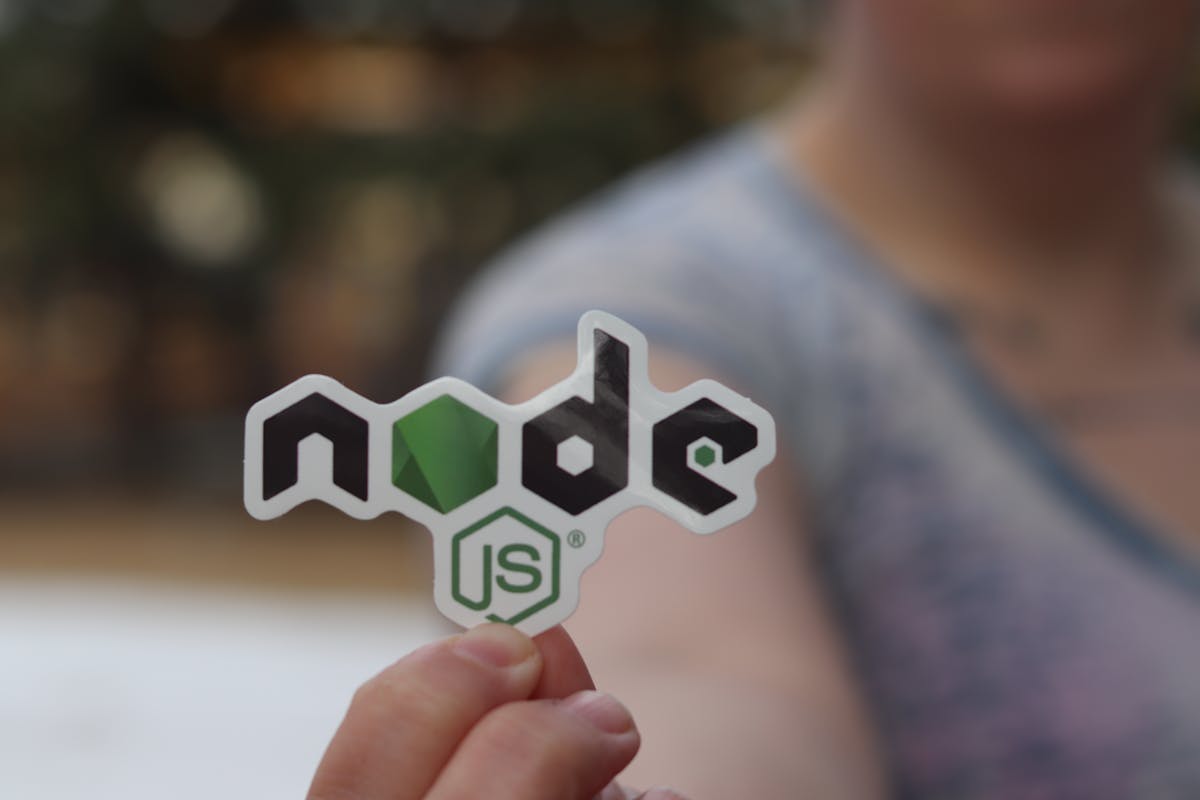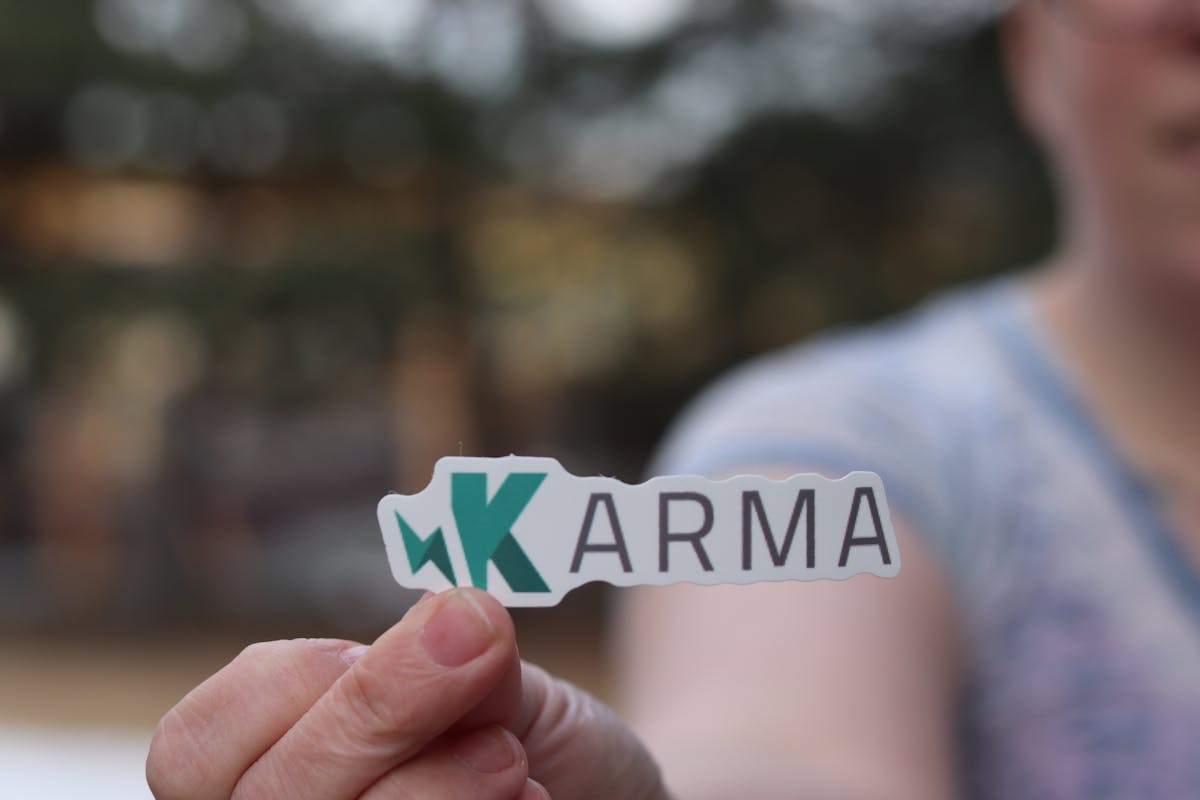Getting Started with Modern Web Development in 2025
A comprehensive guide to modern web development tools, frameworks, and best practices for beginners and experienced developers alike.

Getting Started with Modern Web Development in 2025
Modern web development has evolved tremendously over the past few years. With new frameworks, tools, and best practices emerging constantly, it can be overwhelming for both beginners and experienced developers to keep up.
The Current Landscape
The web development ecosystem in 2025 is rich with powerful tools and frameworks that make building sophisticated applications more accessible than ever. Here are the key areas every developer should focus on:
Frontend Frameworks
React continues to dominate the frontend landscape, but Vue.js and Svelte are gaining significant traction. Each has its strengths:
- React: Extensive ecosystem, large community, excellent for complex applications
- Vue.js: Gentle learning curve, great documentation, perfect for medium-sized projects
- Svelte: Compile-time optimizations, smaller bundle sizes, innovative approach
Backend Technologies
Node.js remains popular, but we’re seeing interesting developments:
- Deno is maturing as a secure-by-default runtime
- Bun offers incredible performance improvements
- Rust and Go are becoming more accessible for web development
Essential Skills for 2025
- TypeScript: No longer optional for serious development
- Performance Optimization: Core Web Vitals and user experience metrics
- Accessibility: Building inclusive web experiences
- Security: Understanding modern security practices
- DevOps: Basic CI/CD and deployment knowledge
Getting Started
If you’re just beginning your web development journey, here’s a recommended path:
- Master the fundamentals: HTML, CSS, and vanilla JavaScript
- Learn a modern CSS framework: Tailwind CSS or styled-components
- Pick a frontend framework: Start with React or Vue.js
- Understand state management: Context API, Zustand, or Pinia
- Learn backend basics: Node.js with Express or Fastify
- Database knowledge: Start with PostgreSQL or MongoDB
Tools That Will Boost Your Productivity
Development Environment
- VS Code with essential extensions
- Git for version control
- Terminal/Command Line proficiency
Build Tools
- Vite for fast development servers
- ESBuild or SWC for compilation
- Prettier and ESLint for code quality
Deployment Platforms
- Vercel for frontend applications
- Netlify for static sites
- Railway or Render for full-stack applications
Best Practices
Code Quality
- Write self-documenting code
- Use consistent naming conventions
- Implement proper error handling
- Write tests for critical functionality
Performance
- Optimize images and assets
- Implement lazy loading
- Use code splitting
- Monitor Core Web Vitals
SEO and Accessibility
- Semantic HTML structure
- Proper heading hierarchy
- Alt text for images
- Keyboard navigation support
Staying Updated
The web development field moves fast. Here’s how to stay current:
- Follow key developers on Twitter/X
- Subscribe to newsletters like JavaScript Weekly
- Join communities like Dev.to and Stack Overflow
- Attend local meetups and conferences
- Contribute to open-source projects
Conclusion
Modern web development offers incredible opportunities to build amazing user experiences. While the landscape can seem complex, focusing on fundamentals and gradually building your skill set will set you up for success.
Remember, the best way to learn is by building projects. Start small, be consistent, and don’t be afraid to experiment with new technologies.
What aspect of modern web development are you most excited to explore? Let me know in the comments below!


